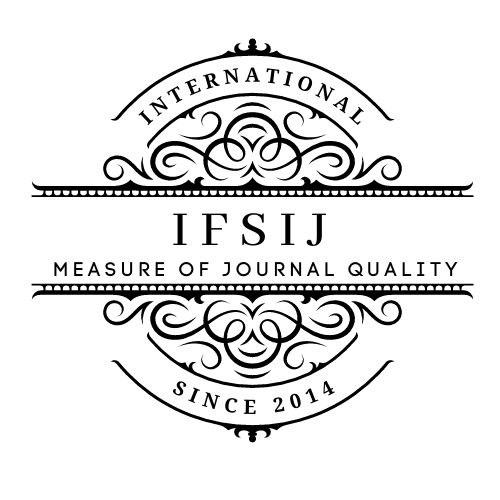HAIR AND WOOL AS AN INDICATOR OF ENVIRONMENTAL POLLUTION BY MANMADE AND GEOCHEMICAL SOURCES
Keywords:
Microelements, toxicity, indicator, hair, wool, man-made, geochemical, heavy metals, background concentration, man-made province, metallothionins, ligand systemsAbstract
In the human body, the concentration of microelements is very finely regulated. This control is carried out by certain proteins, hormones, and connective systems (bone tissue, hair, cornea, etc.). On the other hand, the bond between metal ions and their binders is so close that changes in the state of the body can be the result of an increase and decrease in metal ions relative to the norm. Therefore, for the composition of elements, the study of tissues and bodily fluids is such an important diagnostic test. The human body weighing 70 kg contains 1050 g Ca, 245 g K, 105 g N a, 35 g Mg, 700 g P, 100 g Cl, 3 g Fe, 20 mg Mn. Some of the elements are relatively non-toxic to Cs, Rb, Sr, Ni. Others are highly toxic – Sb, As, Ba, Rb, Hg, Ag, etc. The toxicity strongly affects the form in which the metal ion is located. The formation of fat-soluble complexes with organic ligands increases toxicity. A classic example is Minimat's disease, the cause of which under the influence of vitamin B12, which contains microorganisms, turns inorganic mercury into methyl mercury in wastewater, which subsequently enters the body through water or food.
Downloads
Published
Issue
Section
License

This work is licensed under a Creative Commons Attribution-NonCommercial-NoDerivatives 4.0 International License.















